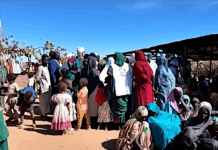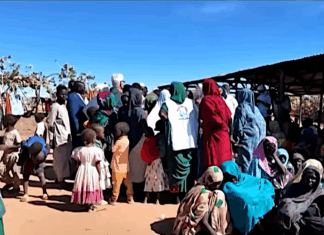Rising water levels on the Nile River have led to flooding in several states in Sudan. Experts warning that a combination of intensified rainfall, weak flood defenses, and the growing impact of climate change has created a dangerous new reality. According to the Ministry of Agriculture and Irrigation, homes across six states – including Blue Nile, Sinnar, Gezira, Khartoum, White Nile, and Northern State – have been inundated this year.
KHARTOUM OCTOBER 3: Rising water levels on the Nile River have led to flooding in several states in Sudan, affecting dozens of towns and villages. The government says climate change and Ethiopia’s Grand Renaissance Dam have caused both the Blue and White Nile to rise and has urged people along the river to be aware. The floods threaten to worsen living conditions in a country already strained by more than two years of conflict. Hiba Morgan reports from the capital, Khartoum.
Experts warning that a combination of intensified rainfall, weak flood defenses, and the growing impact of climate change has created a dangerous new reality for communities along the river.
Experts told that the flooding cannot be attributed to a single cause. Environmental expert Abdul Azim Haraka said Sudan’s worsening flood patterns were linked to “intensified rainfall and the growing impact of climate change in recent years.”
According to the Ministry of Agriculture and Irrigation, homes, neighborhoods, and farmland across six states – including Blue Nile, Sinnar, Gezira, Khartoum, White Nile, and Northern State – have been inundated this year. Flooding has been a recurring crisis in Sudan between June and October, but its toll has worsened in recent years.
Featured Image: Data Bettuel









